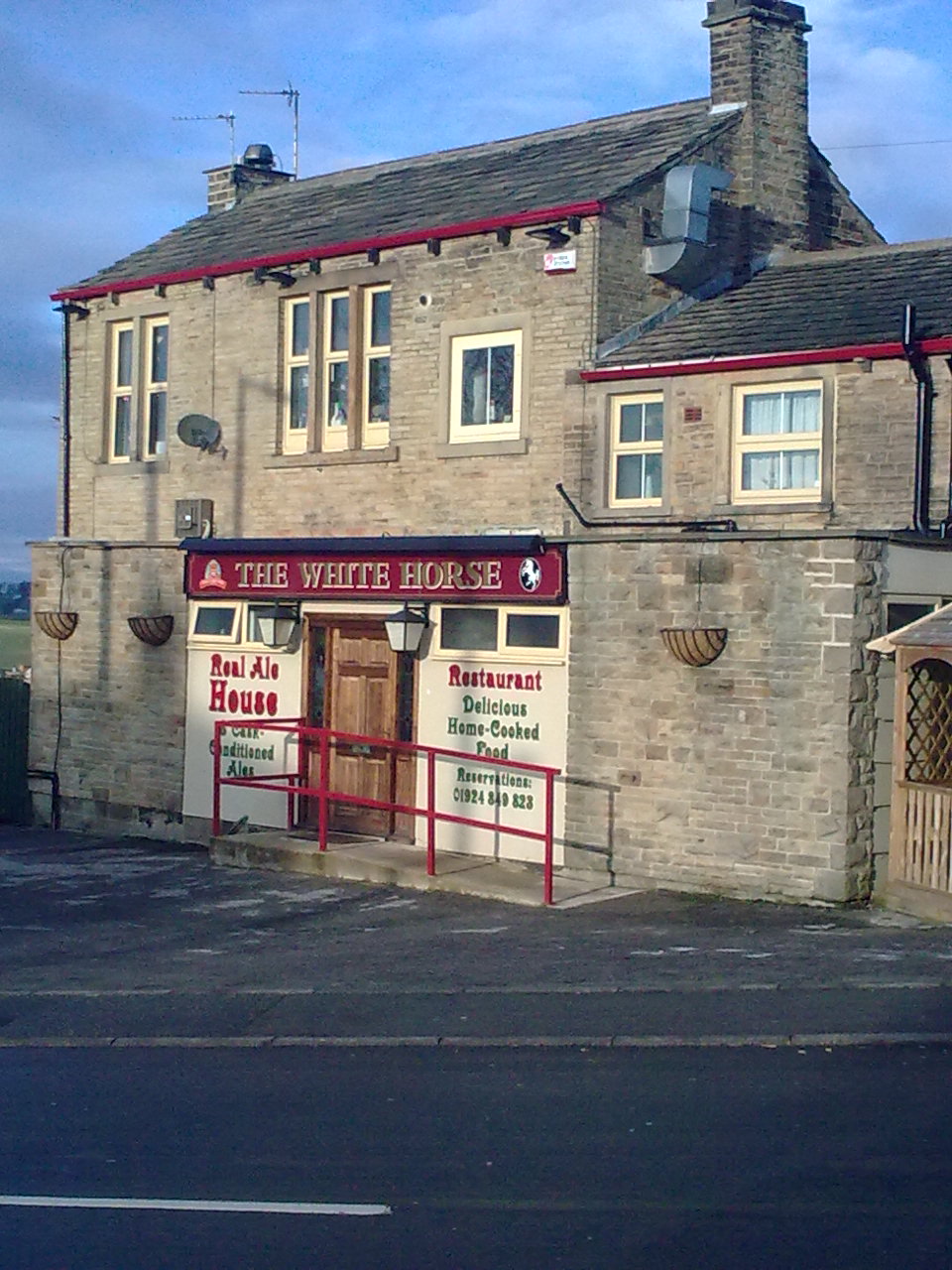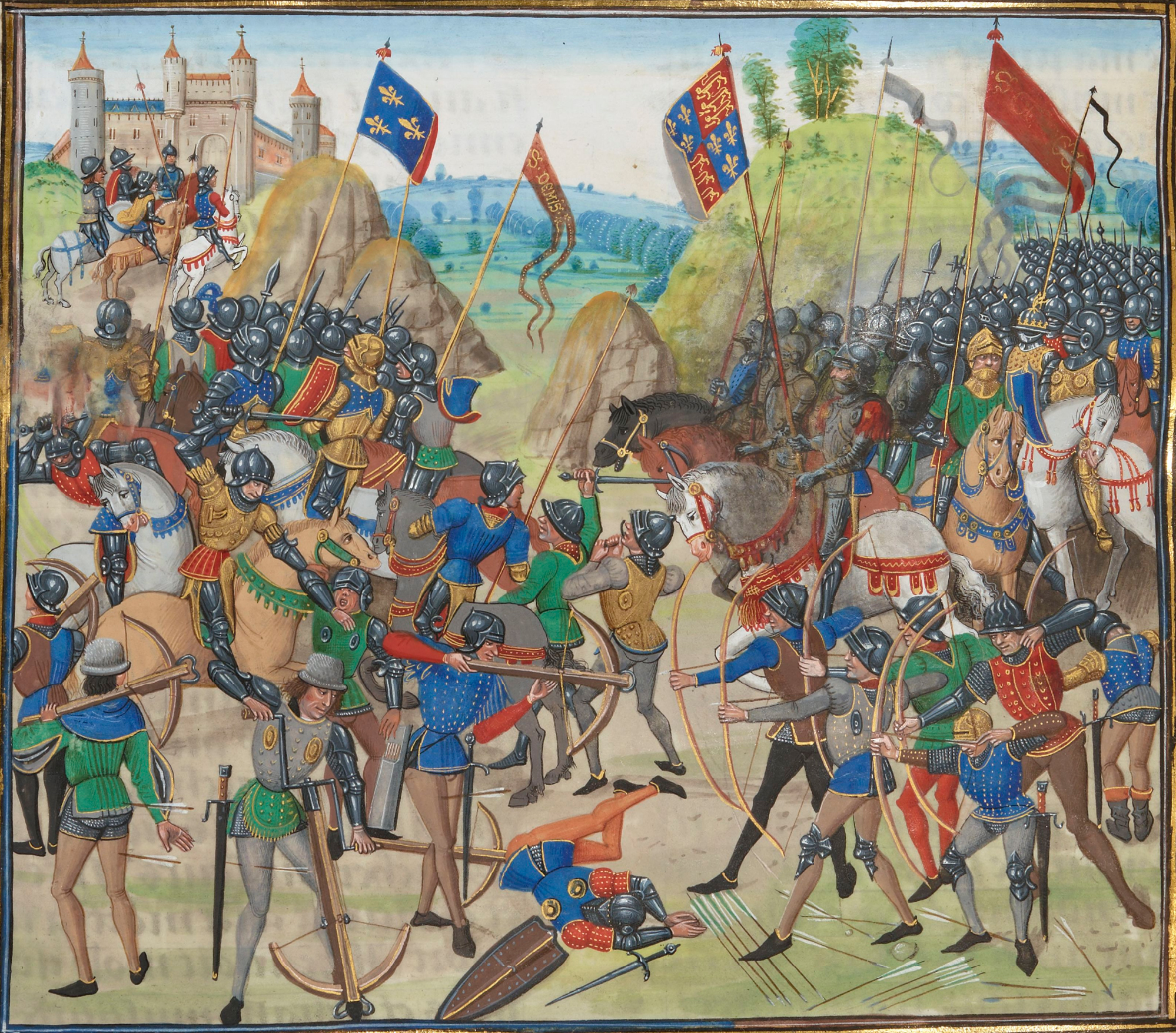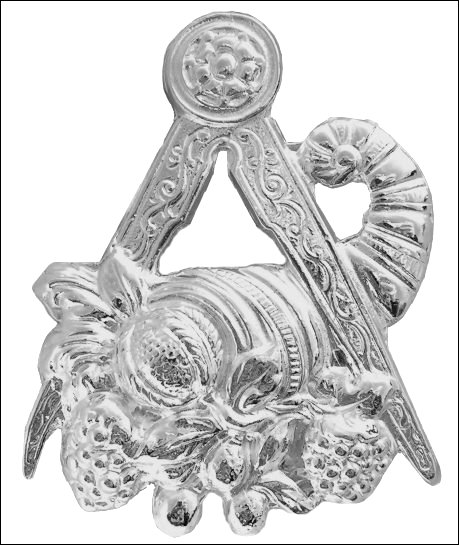|
Emley, West Yorkshire
Emley is a village in West Yorkshire, England, between Huddersfield and Wakefield with a population of 1,497 at the last census (2011) It is east of Huddersfield and west of Wakefield. The village dates from Anglo-Saxon times and is on high ground, close to the Emley Moor transmitting station. History The name "Emley" is derived from an Old English personal name, Em(m)a or Eama, and ''lēah'', a wood or woodland clearing. The village was recorded as Amalaie and Amelai in the 1086 ''Domesday Book'' and usually as Emmeley by the 13th century. The Saxon settlement was at Emley Park. An influx of invading Danes settled in the area in the 9th century, as evidenced by place names ending in ''by'' and ''thorpe''. Manor After the Norman Conquest, Godric, a descendant of the original Saxon settlers, was retained as lord of the manor by William the Conqueror and Emley became part of the Royal Manor of Wakefield. Godric passed the manor to his son, Ketelbern, some time after 1080, and he ... [...More Info...] [...Related Items...] OR: [Wikipedia] [Google] [Baidu] |
United Kingdom Census 2011
A Census in the United Kingdom, census of the population of the United Kingdom is taken every ten years. The 2011 census was held in all countries of the UK on 27 March 2011. It was the first UK census which could be completed online via the Internet. The Office for National Statistics (ONS) is responsible for the census in England and Wales, the General Register Office for Scotland (GROS) is responsible for the census in Scotland, and the Northern Ireland Statistics and Research Agency (NISRA) is responsible for the census in Northern Ireland. The Office for National Statistics is the executive office of the UK Statistics Authority, a non-ministerial department formed in 2008 and which reports directly to Parliament. ONS is the UK Government's single largest statistical producer of independent statistics on the UK's economy and society, used to assist the planning and allocation of resources, policy-making and decision-making. ONS designs, manages and runs the census in England an ... [...More Info...] [...Related Items...] OR: [Wikipedia] [Google] [Baidu] |
Black Death In England
The Black Death was a bubonic plague pandemic, which reached England in June 1348. It was the first and most severe manifestation of the second pandemic, caused by ''Yersinia pestis'' bacteria. The term ''Black Death'' was not used until the late 17th century. Originating in Asia, it spread west along the trade routes across Europe and arrived on the British Isles from the English province of Gascony. The plague was spread by flea-infected rats, as well as individuals who had been infected on the continent. Rats were the reservoir hosts of the ''Y. pestis'' bacteria and the Oriental rat flea was the primary vector. The first-known case in England was a seaman who arrived at Weymouth, Dorset, from Gascony in June 1348. By autumn, the plague had reached London, and by summer 1349 it covered the entire country, before dying down by December. Low estimates of mortality in the early twentieth century have been revised upwards due to re-examination of data and new information, and ... [...More Info...] [...Related Items...] OR: [Wikipedia] [Google] [Baidu] |
Sheffield
Sheffield is a city status in the United Kingdom, city in South Yorkshire, England, whose name derives from the River Sheaf which runs through it. The city serves as the administrative centre of the City of Sheffield. It is Historic counties of England, historically part of the West Riding of Yorkshire and some of its southern suburbs were transferred from Derbyshire to the city council. It is the largest settlement in South Yorkshire. The city is in the eastern foothills of the Pennines and the valleys of the River Don, Yorkshire, River Don with its four tributaries: the River Loxley, Loxley, the Porter Brook, the River Rivelin, Rivelin and the River Sheaf, Sheaf. Sixty-one per cent of Sheffield's entire area is green space and a third of the city lies within the Peak District national park. There are more than 250 parks, woodlands and gardens in the city, which is estimated to contain around 4.5 million trees. The city is south of Leeds, east of Manchester, and north ... [...More Info...] [...Related Items...] OR: [Wikipedia] [Google] [Baidu] |
Battle Of Winceby
The Battle of Winceby took place on 11 October 1643 during the First English Civil War near the village of Winceby, Lincolnshire. In the battle, a Royalist relieving force under the command of Sir William Widdrington was defeated by the Parliamentarian cavalry of the Earl of Manchester. Prelude During the summer of 1643, the Royalists laid plans to win the war by marching on London. However, before this could be contemplated, it would be necessary for them to defeat the Parliamentarian forces holding Hull and Plymouth; otherwise, as the Royalist forces moved on London, the garrisons of those two towns could sortie out and attack the Royalist rear areas. While these sieges were under way, King Charles decided to make the best use of his time by reducing Gloucester, the one great fortress of Parliament in the west. Parliamentary forces relieved Gloucester on 5 September. The relieving army was brought to battle by Royalist forces in the First Battle of Newbury; Newbury ... [...More Info...] [...Related Items...] OR: [Wikipedia] [Google] [Baidu] |
English Civil War
The English Civil War (1642–1651) was a series of civil wars and political machinations between Parliamentarians (" Roundheads") and Royalists led by Charles I ("Cavaliers"), mainly over the manner of England's governance and issues of religious freedom. It was part of the wider Wars of the Three Kingdoms. The first (1642–1646) and second (1648–1649) wars pitted the supporters of King Charles I against the supporters of the Long Parliament, while the third (1649–1651) saw fighting between supporters of King Charles II and supporters of the Rump Parliament. The wars also involved the Scottish Covenanters and Irish Confederates. The war ended with Parliamentarian victory at the Battle of Worcester on 3 September 1651. Unlike other civil wars in England, which were mainly fought over who should rule, these conflicts were also concerned with how the three Kingdoms of England, Scotland and Ireland should be governed. The outcome was threefold: the trial of and ... [...More Info...] [...Related Items...] OR: [Wikipedia] [Google] [Baidu] |
Nottingham
Nottingham ( , East Midlands English, locally ) is a city status in the United Kingdom, city and Unitary authorities of England, unitary authority area in Nottinghamshire, East Midlands, England. It is located north-west of London, south-east of Sheffield and north-east of Birmingham. Nottingham has links to the legend of Robin Hood and to the lace-making, bicycle and Tobacco industry, tobacco industries. The city is also the county town of Nottinghamshire and the settlement was granted its city charter in 1897, as part of Queen Victoria's Diamond Jubilee celebrations. Nottingham is a tourist destination; in 2018, the city received the second-highest number of overnight visitors in the Midlands and the highest number in the East Midlands. In 2020, Nottingham had an estimated population of 330,000. The wider conurbation, which includes many of the city's suburbs, has a population of 768,638. It is the largest urban area in the East Midlands and the second-largest in the Midland ... [...More Info...] [...Related Items...] OR: [Wikipedia] [Google] [Baidu] |
Royalist
A royalist supports a particular monarch as head of state for a particular kingdom, or of a particular dynastic claim. In the abstract, this position is royalism. It is distinct from monarchism, which advocates a monarchical system of government, but not necessarily a particular monarch. Most often, the term royalist is applied to a supporter of a current regime or one that has been recently overthrown to form a republic. In the United Kingdom, today the term is almost indistinguishable from "monarchist" because there are no significant rival claimants to the throne. Conversely, in 19th-century France, a royalist might be either a Legitimist, Bonapartist, or an Orléanist, all being monarchists. United Kingdom * The Wars of the Roses were fought between the Yorkists and the Lancastrians * During the English Civil War the Royalists or Cavaliers supported King Charles I and, in the aftermath, his son King Charles II * Following the Glorious Revolution, the Jacobites supported ... [...More Info...] [...Related Items...] OR: [Wikipedia] [Google] [Baidu] |
Sir William Savile, 3rd Baronet
Sir William Savile, 3rd Baronet of Thornhill (1612 – 24 January 1644) was an English politician who sat in the House of Commons between 1640 and 1642. He fought on the Royalist side in the English Civil War and was killed in action. Savile was born at Thornhill, the son of Sir George Savile and Anne Wentworth, and the grandson of Sir George Savile, 1st Baronet. He inherited the baronetcy on the death of his brother George in 1626. Included in the family estates were the residences of Thornhill Hall, Rufford Abbey, and a house in York. He was educated at University College, Oxford and entered Gray's Inn in 1628. Wentworth selected him to be Deputy Lieutenant of the West Riding in 1633, and he was appointed to the council in the north in July 1636. In April 1640, Savile was elected Member of Parliament for Yorkshire in the Short Parliament. In parliament, he spoke against ship money and signed the petition against forced billeting, but he remained loyal to the king. He was ... [...More Info...] [...Related Items...] OR: [Wikipedia] [Google] [Baidu] |
Rufford Abbey
Rufford Abbey is a country estate in Rufford, Nottinghamshire, England, two miles (4 km) south of Ollerton. Originally a Cistercian abbey, it was converted to a country house in the 16th century after the Dissolution of the Monasteries. Part of the house was demolished in the 20th century, but the remains, standing in 150 acres of park and woodland, are open to the public as Rufford Country Park. Part of the park is a local nature reserve. The house itself is constructed of rubble, brick, dressed stone and ashlar with ashlar dressings and plain tile roofs. It is Grade I listed and scheduled as an Ancient Monument. The Monastic Foundation The abbey itself was founded by Gilbert de Gant, on 12 July 1147, and populated with Cistercian monks from Rievaulx Abbey in Yorkshire. The English Pope, Adrian IV gave the blessing for the abbey in 1156, following which the abbey's lands expanded and the villagers of Cratley, Grimston, Rufford, and Inkersall were evicted. A new vil ... [...More Info...] [...Related Items...] OR: [Wikipedia] [Google] [Baidu] |
Steward (office)
A steward is an official who is appointed by the legal ruling monarch to represent them in a country and who may have a mandate to govern it in their name; in the latter case, it is synonymous with the position of regent, vicegerent, viceroy, king's lieutenant (for Romance languages), governor, or deputy (the Roman ''Roman governor, rector'', ''prefect, praefectus'', or ''vicarius''). Etymology From Old English ''stíweard, stiȝweard'', from ''stiȝ'' "hall, household" + ''weard'' "wikt:warden, warden, keeper"; corresponding to Dutch language, Dutch: ''stadhouder'', German language, German ''Statthalter'' "place holder", a Germanic parallel to French ''lieutenant''. The Old English term ''stíweard'' is attested from the 11th century. Its first element is most probably ''stiȝ-'' "house, hall" (attested only in composition; its cognate ''stiȝu'' is the ancestor of Modern English ''sty''). Old French and Old Norse ''stívarðr'' are adopted from the Old English. The German and ... [...More Info...] [...Related Items...] OR: [Wikipedia] [Google] [Baidu] |
Thornhill Hall
Thornhill Hall is a ruined medieval manor house on a moated island located in Rectory Park, Thornhill, West Yorkshire, England. The ruins are listed as grade II. and the moat, with the surrounding grounds, is a scheduled monument. Excavations carried out between 1964 and 1972 proved that there had been two halls on the island, an earlier large 13th-century building with clay-bonded foundation walls, and a later c. 1450 stone H-plan building. The later building showed signs of renovation in the 16th century, when a paved floor, plaster walls and a chimney were added. History In the reign of Henry III, Thornhill Hall was the seat of the Thornhill family, who intermarried with the De Fixbys and Babthorpes in the reigns of Edward I and Edward II. In 1370, in the reign of Edward III, Elizabeth Thornhill, the only child of Simon Thornhill, married Sir Henry Savile. This extinguished the family line of Thornhills of Thornhill which now passed down the Savile line. Thornhill Hall then b ... [...More Info...] [...Related Items...] OR: [Wikipedia] [Google] [Baidu] |
Rouen
Rouen (, ; or ) is a city on the River Seine in northern France. It is the prefecture of the Regions of France, region of Normandy (administrative region), Normandy and the Departments of France, department of Seine-Maritime. Formerly one of the largest and most prosperous cities of Middle Ages, medieval Europe, the population of the metropolitan area (french: functional area (France), aire d'attraction) is 702,945 (2018). People from Rouen are known as ''Rouennais''. Rouen was the seat of the Exchequer of Normandy during the Middle Ages. It was one of the capitals of the Anglo-Normans, Anglo-Norman dynasties, which ruled both England and large parts of modern France from the 11th to the 15th centuries. From the 13th century onwards, the city experienced a remarkable economic boom, thanks in particular to the development of textile factories and river trade. Claimed by both the French and the English during the Hundred Years' War, it was on its soil that Joan of Arc was tried ... [...More Info...] [...Related Items...] OR: [Wikipedia] [Google] [Baidu] |






